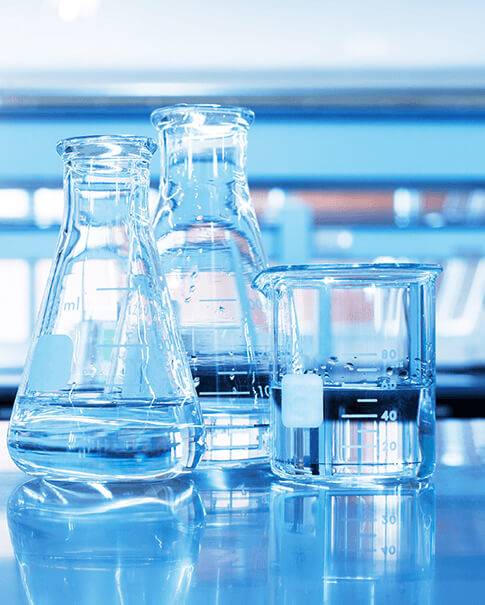What Are You Looking For?

What is Polyacrylamide Gel Electrophoresis
Jul 29, 2024Polyacrylamide gel electrophoresis (PAGE) is a technique commonly used in biochemistry, molecular biology, and biotechnology to separate and analyze biomolecules, particularly proteins and nucleic acids, based on their size and charge. The technique involves the use of a gel matrix made up of polyacrylamide, a substance that forms a porous network when polymerized.
During the gel preparation, acrylamide monomers are mixed with a cross-linking agent, usually bis-acrylamide, and a polymerization initiator. This mixture is then poured into a gel casting tray and allowed to polymerize, forming a solid gel. The concentration of acrylamide determines the size range of molecules that can be resolved, with lower concentrations suitable for larger molecules and higher concentrations for smaller molecules.
Once the gel has solidified, it is placed vertically in an electrophoresis apparatus consisting of two electrodes connected to a power supply. The gel is submerged in a buffer solution that conducts electricity. Samples containing the biomolecules of interest, typically mixed with a loading buffer, are loaded into wells made in the gel.
When an electric current is applied, biomolecules migrate through the gel matrix. The migration occurs due to the electrical charge carried by the biomolecules and their interaction with the gel matrix. Smaller molecules move more quickly through the pores of the gel, while larger molecules are impeded and migrate more slowly.
After the electrophoresis process, the gel can be stained with specific dyes or treated with antibodies to visualize and detect the separated biomolecules. The resulting gel image or banding pattern can provide information about the size, shape, and relative abundance of the molecules in the sample. Researchers often use PAGE to identify proteins, analyze protein complexes, assess protein purity, and determine the size of nucleic acid fragments.
Tags :